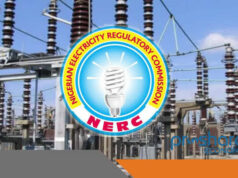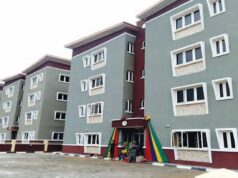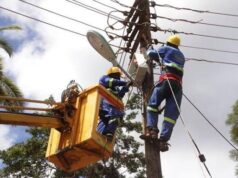
As the federal government moves to phase out subsidies in the electricity sector, a report from the Nigerian Electricity Regulatory Commission (NERC) reveals that consumers in Adamawa, Borno, and Yola States will face the steepest tariffs.
The NERC’s 2024 Annual Report indicates that residents in these regions, serviced by the Yola Electricity Distribution Company (YEDC), will pay an average of N266.64 per kilowatt-hour (kWh), which is a staggering N91.33 more than the national average of N175.31 per kWh.
What’s behind this price spike? Higher operational costs alongside challenging local conditions, such as vandalism and security issues, have all contributed to the steep rates—factors that the federal government deemed significant enough to include in their 2021 reprivatization strategy.
Interestingly, the report highlights that the YEDC is now allowed to establish prices similar to its counterparts, benefiting from the highest subsidy per unit of energy delivered—twice what other distribution companies (DisCos) receive. In contrast, DisCos like Ikeja and Eko have managed to maintain relatively lower, cost-reflective tariffs and more modest subsidy allocations.
Nationally, the average cost-reflective tariff (CRT) stands at N175.31/kWh, with an allowed average tariff of N100.27/kWh—creating a cushion subsidy of N75.04/kWh.
Comparing Nigeria’s electricity costs to those in selected African nations, it appears the 2024 average allowed customer tariff in Nigeria is approximately US$0.07/kWh (N100.27/kWh). This rate is notably the lowest among the countries surveyed, amounting to merely 35.71% of the average charged by its regional counterparts, which stands at US$0.19/kWh.











